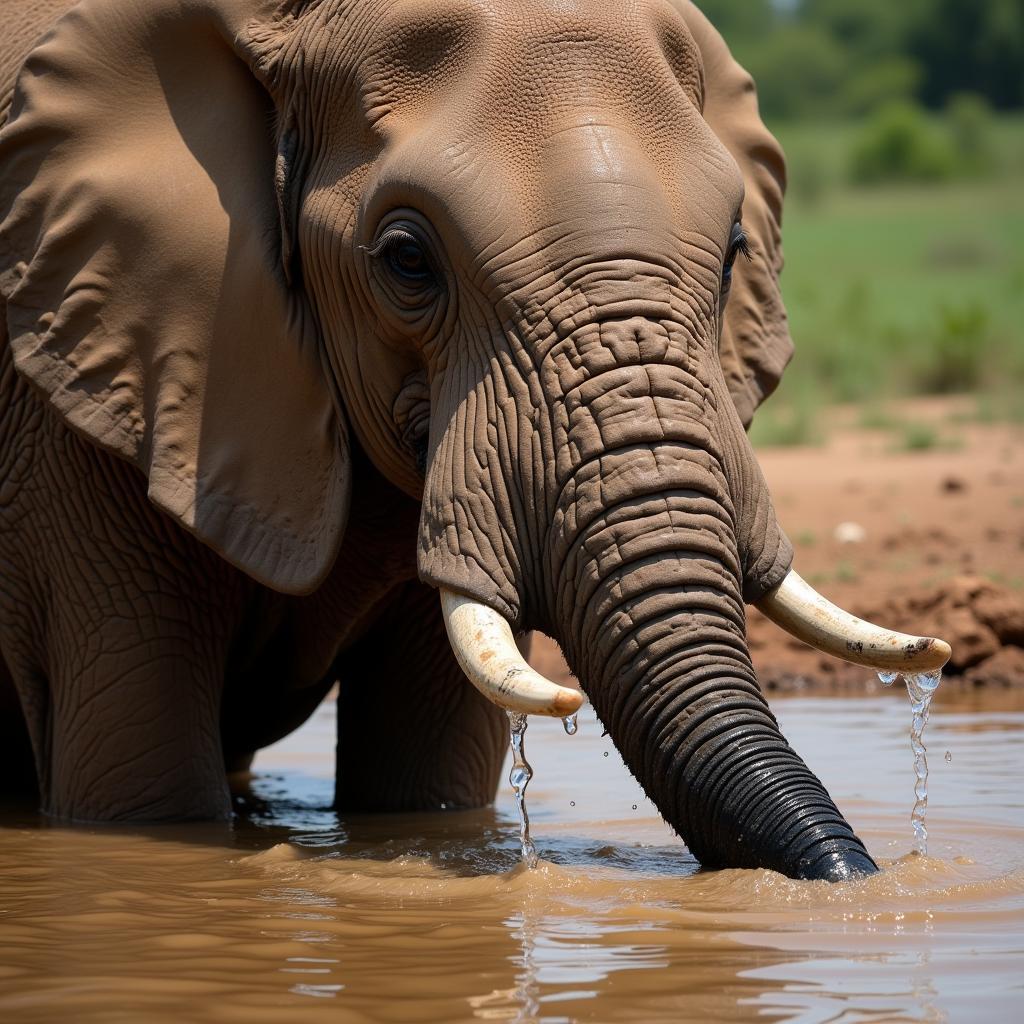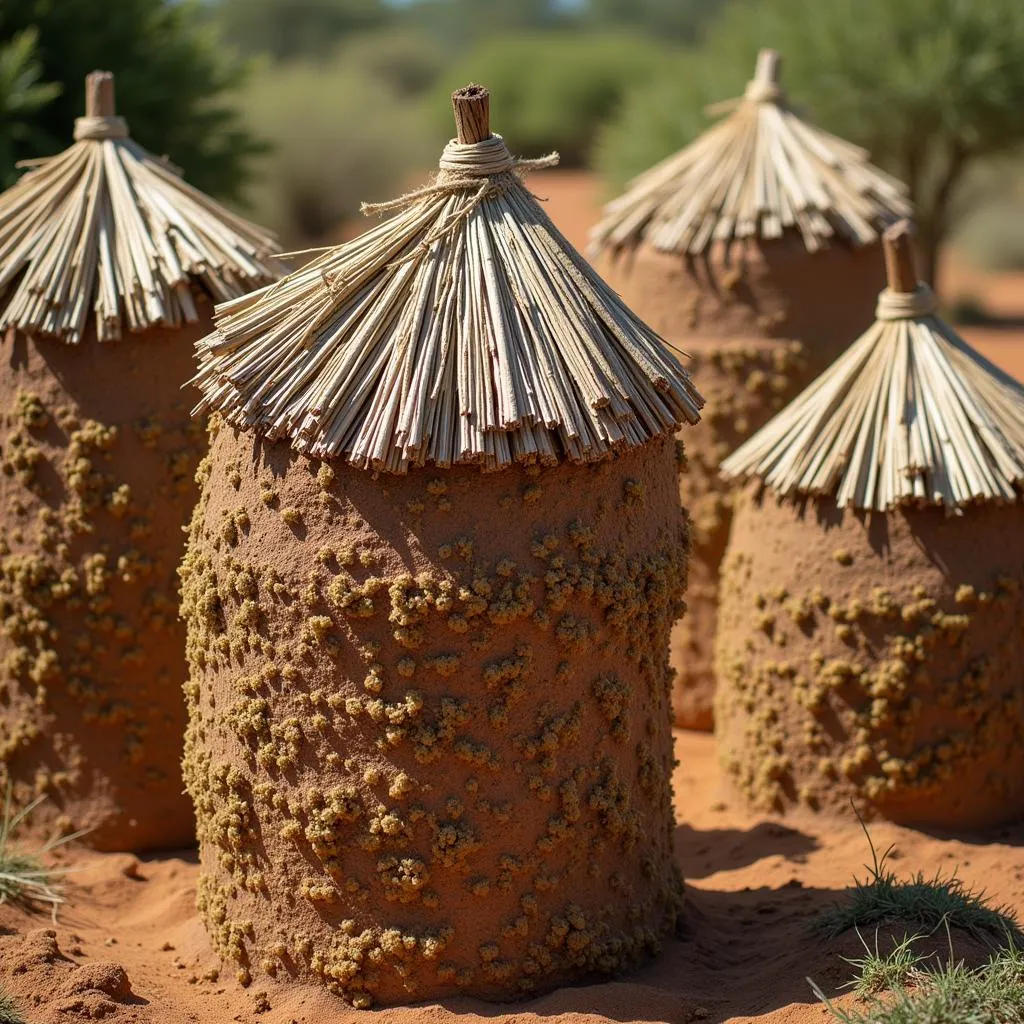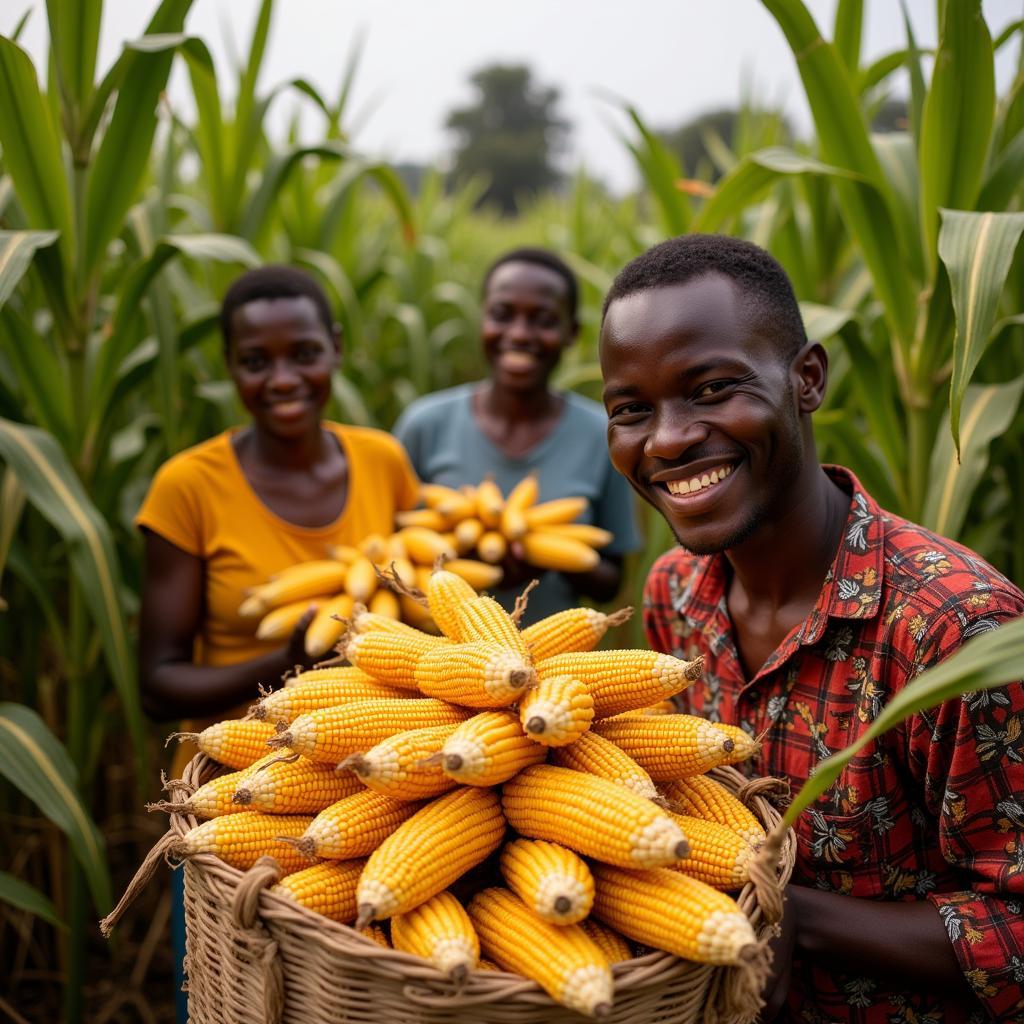Exploring the African Grass List: A Comprehensive Guide
The African Grass List encompasses a diverse and fascinating world of plant life, crucial to the continent’s ecosystems and its people. From the vast savannas to the mountainous highlands, grasses play a vital role in shaping the landscape and supporting a wide array of life. This article delves into the intricate world of African grasses, exploring their diversity, importance, and the challenges they face.
Understanding the Importance of African Grass Species
Grasses are the foundation of many African ecosystems, providing sustenance for a vast array of herbivores, from tiny insects to massive elephants. They also play a crucial role in soil stabilization, preventing erosion and maintaining the delicate balance of the environment. Furthermore, many African communities rely on grasses for various purposes, including thatching roofs, weaving baskets, and creating medicinal remedies. Understanding the diverse African grass list is key to appreciating the continent’s ecological richness.
Learn more about the animals that inhabit these grassy landscapes in this African grassland animals list.
Key Species in the African Grass List
The African continent boasts an impressive variety of grass species, each adapted to specific environmental conditions. Some of the most common and significant include:
- Elephant Grass (Pennisetum purpureum): This tall, robust grass is a vital food source for many large herbivores.
- Bermuda Grass (Cynodon dactylon): Known for its resilience and drought tolerance, Bermuda grass is common in drier regions.
- Star Grass (Cynodon nlemfuensis): This grass is highly palatable to livestock and plays a crucial role in grazing systems.
- Rhodes Grass (Chloris gayana): Adaptable and widely distributed, Rhodes grass is an important forage crop.
These are just a few examples of the diverse grasses that thrive across the continent. Each species contributes to the intricate tapestry of African ecosystems.
Challenges and Conservation Efforts for African Grasses
Despite their importance, African grasses face numerous threats. Overgrazing, habitat destruction, and the introduction of invasive species are just a few of the challenges impacting these vital plants. Conservation efforts are crucial to protect the diversity of the African grass list and the ecosystems they support. These efforts include promoting sustainable grazing practices, controlling invasive species, and protecting critical habitats.
What are the Most Common Uses of African Grasses?
African grasses are utilized for a variety of purposes, including livestock grazing, erosion control, and traditional crafts.
Discover more about the diverse antelope species that rely on these grasses in this African antelope species list.
How Does Climate Change Affect African Grasslands?
Climate change poses significant challenges to African grasslands, including altered rainfall patterns and increased temperatures, impacting grass growth and distribution.
The African Grass List and Biodiversity
The rich diversity of the African grass list supports a vast network of interconnected species, highlighting the importance of these plants in maintaining biodiversity.
Conclusion: Preserving the Richness of the African Grass List
The African grass list represents a vital component of the continent’s natural heritage. From supporting diverse ecosystems to providing essential resources for human communities, these grasses play a crucial role. Protecting and preserving the diversity of African grasses is essential for the future of the continent and the planet.
FAQ
- What is the most common type of grass in Africa? Elephant grass is one of the most prevalent and recognizable grasses across the continent.
- How do African grasses adapt to drought conditions? Many African grasses have developed deep root systems and other adaptations to survive prolonged periods of drought.
- Why are African grasslands important for wildlife? African grasslands provide habitat and food for a vast array of wildlife, from grazers like zebras and wildebeest to predators like lions and cheetahs.
- How are African grasses used by local communities? African grasses are used for various purposes, including thatching, weaving, and as a source of fodder for livestock.
- What are the main threats to African grasslands? Overgrazing, habitat destruction, and climate change are major threats to the health and sustainability of African grasslands.
- What are some conservation efforts focused on African grasses? Conservation efforts include promoting sustainable grazing practices, controlling invasive species, and establishing protected areas.
- How can I learn more about the African grass list? Numerous resources, including scientific publications, online databases, and botanical gardens, provide detailed information about African grasses.
Other Related Articles You Might Find Interesting:
- Consider checking out our article about the African golden wolf: African golden wolfof congo
- You might also be interested in our YouTube video about African forest elephants: African forest elephant youtube
- For a lighter take, check out this Facebook post about an African bullfrog: African bullfrog eating everything facebook post
Contact Us
For assistance or further inquiries, please contact us:
Phone: +255768904061
Email: kaka.mag@gmail.com
Address: Mbarali DC Mawindi, Kangaga, Tanzania
We have a 24/7 customer service team available to assist you.



